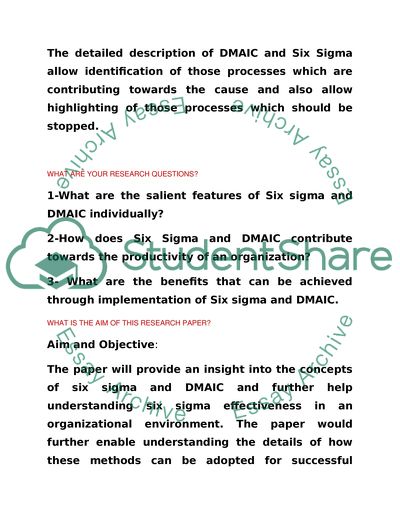Cite this document
(6 Sigma and DMAIC Article Example | Topics and Well Written Essays - 2750 words, n.d.)
6 Sigma and DMAIC Article Example | Topics and Well Written Essays - 2750 words. Retrieved from https://studentshare.org/social-science/1774988-6-sigma-and-dmaic
6 Sigma and DMAIC Article Example | Topics and Well Written Essays - 2750 words. Retrieved from https://studentshare.org/social-science/1774988-6-sigma-and-dmaic
(6 Sigma and DMAIC Article Example | Topics and Well Written Essays - 2750 Words)
6 Sigma and DMAIC Article Example | Topics and Well Written Essays - 2750 Words. https://studentshare.org/social-science/1774988-6-sigma-and-dmaic.
6 Sigma and DMAIC Article Example | Topics and Well Written Essays - 2750 Words. https://studentshare.org/social-science/1774988-6-sigma-and-dmaic.
“6 Sigma and DMAIC Article Example | Topics and Well Written Essays - 2750 Words”, n.d. https://studentshare.org/social-science/1774988-6-sigma-and-dmaic.


